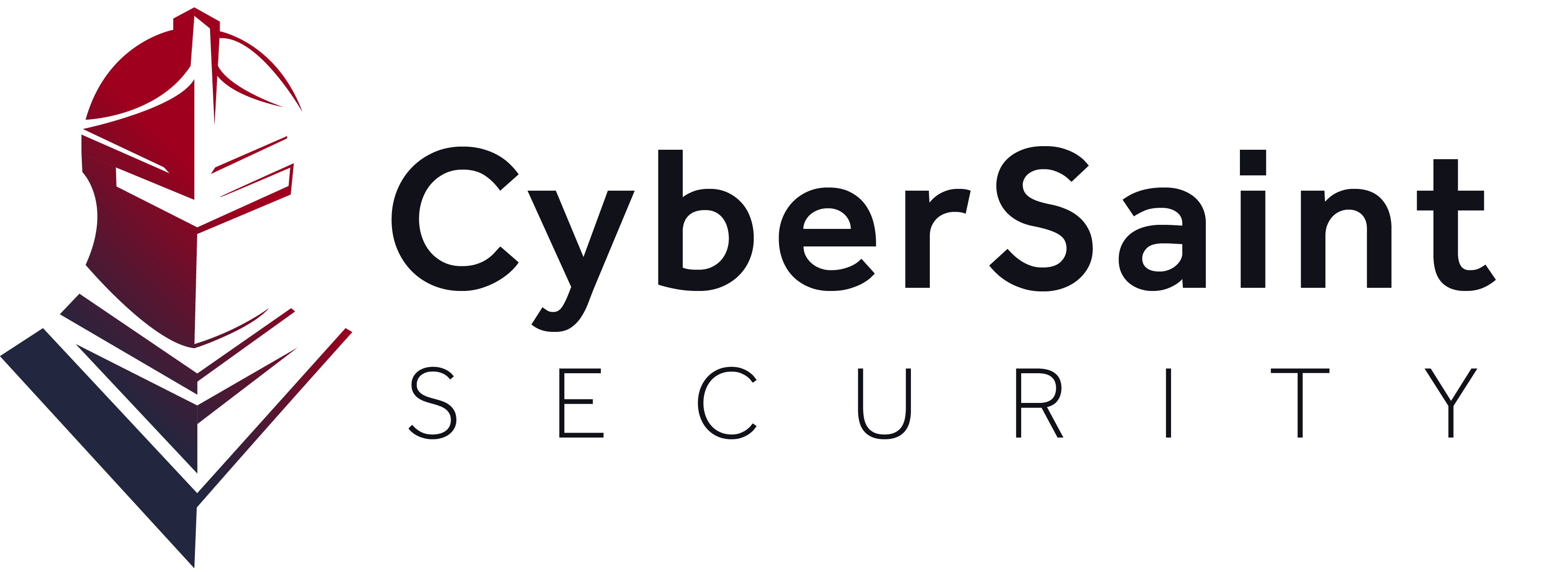The Target security breach affected millions of consumers. The attack received widespread publicity and it cost the company millions of dollars to resolve in its incident response. But what may be less known is that this supply chain attack was made possible through a vendor portal. A heating and cooling company doing business with Target was hacked, and thus the cybercriminal got through.
Today cyber supply chains can be complex, global, and interconnected, with resources and processes on multiple levels of organizations. Part of business risk management involves controlling global supply chain vendors and ensuring the integrity of supply chain security. As enterprises become more interconnected, and outsourcing becomes commonplace for every aspect of the business, supply chain risk management (SCRM) becomes paramount to business success if not survival.
Avoiding Unnecessary Cyber Risk
The National Institute of Standards and Technology (NIST)’s Cybersecurity Framework (CSF) version 1.0, first published in April 2014, offers organizations a flexible way to address cyber security risk by providing a common organizing structure for multiple approaches, as well as standards, guidelines, and practices. Developed under an executive order by the Obama administration to protect government agencies and the United States critical infrastructure (energy, defense, finances, roads, etc.) from cyber attacks, the CSF has quickly lent itself to being adopted by other industries, including the private sector. Supply chain attacks can rapidly scale up and threaten national security without due diligence.
An updated NIST CSF draft, version 1.1, was released in December 2017, with a new emphasis on cybersecurity supply chain risk management. This risk management program includes recommendations for managing vendors and carefully bringing them into a network without causing unnecessary risk to the business. In particular, Section 3.3 was expanded to help organizations navigate supply chain risk management. It also provides a common language to communicate cybersecurity requirements among the interdependent stakeholders that are responsible for delivering products and services.
Defining Supply Chain Risk Management
In Version 1.1, NIST Cybersecurity Framework supply chain risk management is defined as “the set of activities necessary to manage cybersecurity risk associated with external parties.” More specifically, cyber vendor risk management considers both the effect of an organization’s cybersecurity on external parties and vice versa. As shown in the figure from the NIST Cybersecurity Framework document, NIST vendor risk management practices take into account hardware and software technology suppliers and buyers, as well as non-technology suppliers and buyers.
Thorough Cybersecurity Supply Chain Risk Management activities involve:
- Determining supplier cybersecurity requirements
- Implementing formal cybersecurity agreements (contracts) with suppliers
- Communicating how cybersecurity will be verified and validated
- Using assessments to verify cybersecurity requirements are met
In 2017, the information technology governance organization ISACA launched an audit program that aligns the NIST Cybersecurity Framework with COBIT 5. It outlines a specific approach including guidance to give managers insight into the effectiveness of an organization’s plans to detect and identify cyber threats and protect against them by remediating on high-risk areas.
Supply Chain Risk Management Additions to Framework Core and Tiers
Version 1.1 added a supply chain risk management category to the Framework Core. One of the main parts of the Framework, the Framework Core is a set of cybersecurity activities, outcomes, and references that are common across sectors and critical infrastructure. The Framework Core focuses on using business drivers to guide cybersecurity activities and views cybersecurity risk as part of a risk management process. Further, the Framework Core shows activities designed to achieve certain cybersecurity results and includes examples.
Additional risk-management criteria were added to the Framework Implementation Tiers. The Tiers provide a means for organizations to view and understand the characteristics of their approach to managing cybersecurity risk, which will help them prioritize and achieve their cybersecurity objectives.
Further details of NIST’s Supply Chain Risk Management framework can be found in NIST’s Special Publication 800-161 Supply Chain Risk Management Practices for Federal Information Systems and Organizations. In addition to NIST 800-161, there are regulations for suppliers - for example, DFARS 252.204-7012 / NIST SP 800-171 for the Department of Defense supply chain - that use key NIST security control families to help suppliers prove adequate security.
Prioritizing Cybersecurity Decisions
The CSF can be used by organizations in any sector – no matter the size, maturity, or technical sophistication – to improve vendor risk management. Utilizing the Framework, organizations can address information security as it affects the privacy of customers, employees, and others. The Framework’s goal is to be flexible enough to be adopted voluntarily by both large and small companies and organizations across all industry sectors, as well as by federal, state, and local governments. It has already been adopted, in some versions, by many corporations and organizations in countries around the world, according to NIST, and its usage is expected to grow.
“We’re looking forward to reaching more industries, supporting federal agencies, and especially helping more small businesses across the U.S. benefit from the framework,” said Matt Barrett, program manager for the Cybersecurity Framework.
In the digital age, cybersecurity is becoming (if not already is) a foundational pillar of an organization’s overall risk management. As organizations continue to face unique risks, in the form of varying cyber threats and vulnerabilities, they also will vary in their risk tolerances and how they customize practices described in the CSF. Organizations can use the Framework to help determine activities that are important to critical service delivery and can prioritize their investments to maximize the impact of the dollars they spend.
See how CyberStrong can empower your cybersecurity to implement the gold-standard NIST CSF as well as streamline your next supply chain risk assessment, schedule a demo today.












